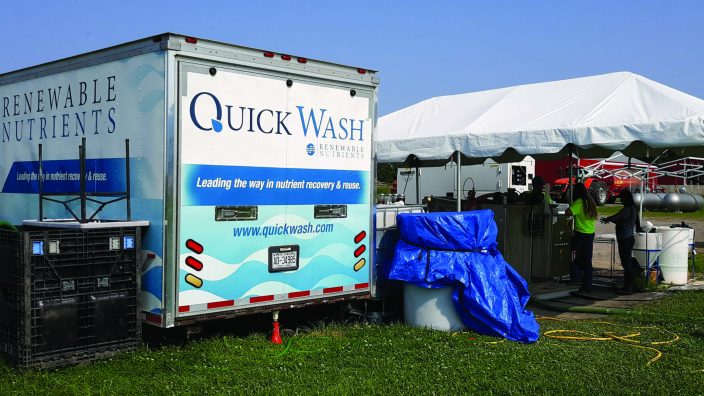Applications for Ohio Farm Bureau Health Plans now available
Members have three ways to apply: contacting a certified agent, calling 833-468-4280 or visiting ohiofarmbureauhealthplans.org.
Read MoreThis summer, there were two new pieces of equipment by the pig barns at Stateler Farms in McComb, which is one of the sites of the Blanchard River Demonstration Farms project. A KDS Separator and Quick Wash trailer were both used in new research, headed by Applied Environmental Solutions co-founder Rick Johnson.
The KDS Separator is a dewatering device that uses rotating disks to separate water from manure, then compresses the manure into a cake that contains about 15% moisture content and has recovered up to 70% of the phosphorus. The idea is to keep the phosphorus in the solid portion of the manure so it can be hauled further distances from the farm or turned into a commodity for alternative uses.
“This type of unit is designed to be practical and economically doable for the smaller scale farmers,” Johnson said. “If you can’t find solutions for them, you will simply not have as much of an impact on what you are trying to accomplish.”
For many years, the practicality of a dewatering unit has been unattainable from a cost standpoint for many industries, including agriculture. Today, however, Johnson said the technology has hit a price point that a return on investment can be realized. What used to carry a price tag up to $1 million can now be as low as $50,000.
The Quick Wash unit takes the particulate form of manure, makes as much of the phosphorus soluble as economically possible and then precipitates out the phosphorus in the form of calcium phosphate.
“Some test results from the Stateler farm showed an initial reduction of ammonia of up to 20%, which is significant,” Johnson said. “Our goal is trying to develop a suite of solutions that are economical and can be more broadly applied throughout the state.”
Anthony Stateler watched Johnson and his team as the KDS and Quick Wash units were put to the test and he said he was impressed with the possibilities.
“It was really interesting to see what they were able to do with the phosphorus byproduct they were able to get out of our manure,” Stateler said. “We know phosphorus is an issue in the Western Lake Erie Basin so figuring out how equipment like this can economically pull that phosphorus away to allow us to spread that phosphorous a little bit further away from the farm could be a benefit for water quality efforts.”
In the near future, these units will also be tested on Ohio dairy and poultry farms to see how feasible the technology could be for those types of applications.


Members have three ways to apply: contacting a certified agent, calling 833-468-4280 or visiting ohiofarmbureauhealthplans.org.
Read More

For Ohio and PJM region, the outlook is reassuring—ample reserves and strong planning should keep the power on.
Read More

The average price for a classic holiday feast for 10 in Ohio will cost $55.87.
Read More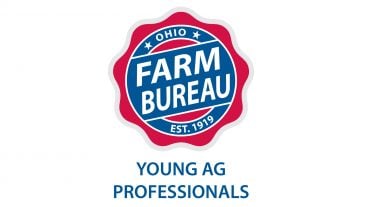

Meet the four new members of Ohio Farm Bureau’s Young Ag Professionals State Committee.
Read More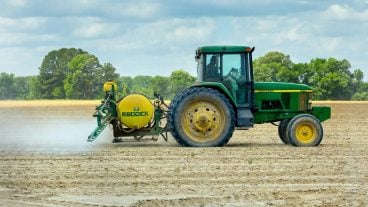
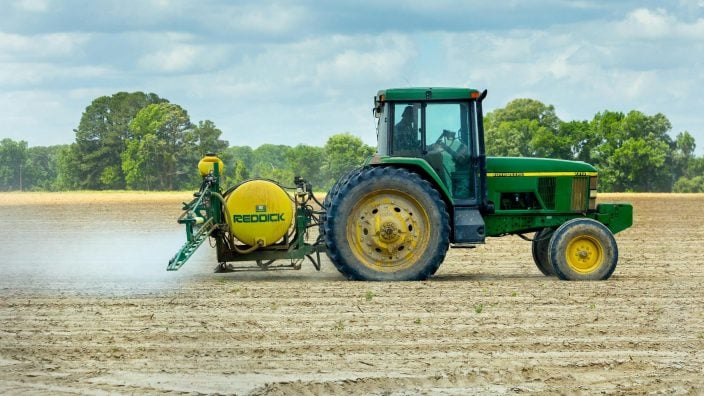
HB 10 ensures transparency around how imitation meat is labeled, along with restoring needed flexibility around the application of crop protection tools.
Read More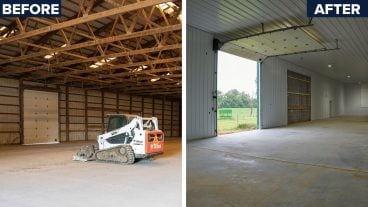
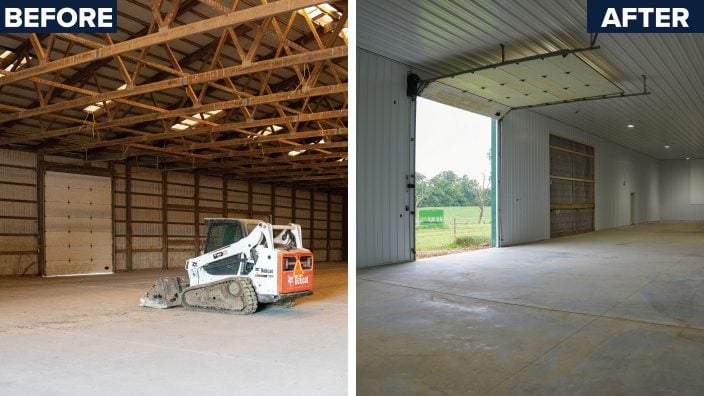
FBi Buildings has been delivering exceptional post-frame construction solutions for 65+ years, earning the trust of satisfied customers throughout the Midwest.
Read More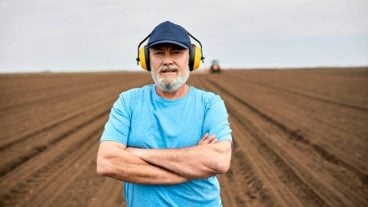
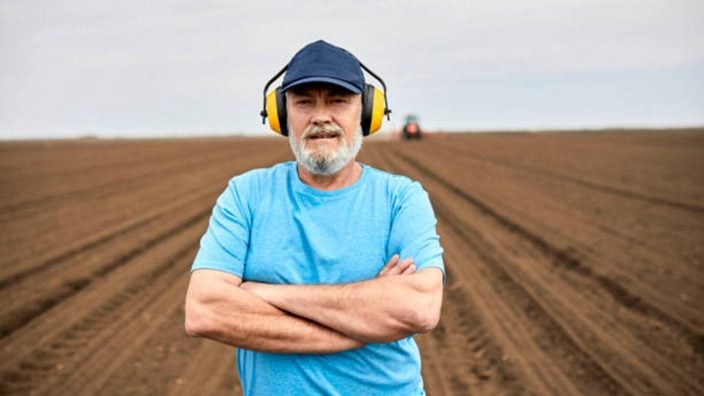
Ohio BWC industrial hygienists, safety consultants, and ergonomists can visit your farm, help spot risks, and suggest improvements that make a real difference.
Read More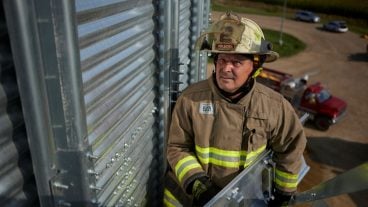
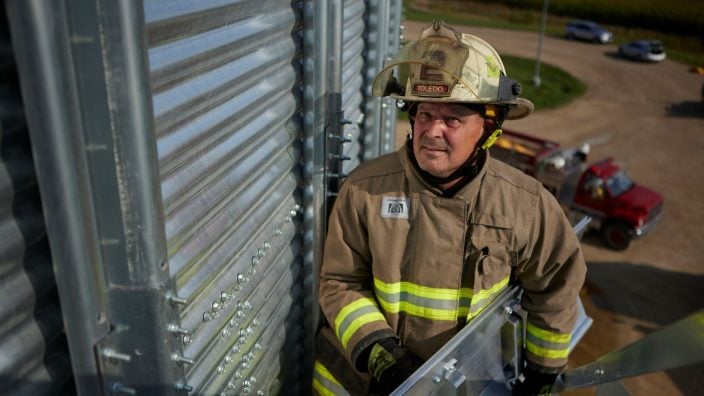
Nationwide’s Grain Bin Safety campaign expands its reach, delivering grain rescue tubes and training to 62 fire departments in 2025.
Read More

Urge President Trump and Congress to act before the end of 2025 to provide immediate relief and long-term stability for America’s farmers and ranchers.
Read More
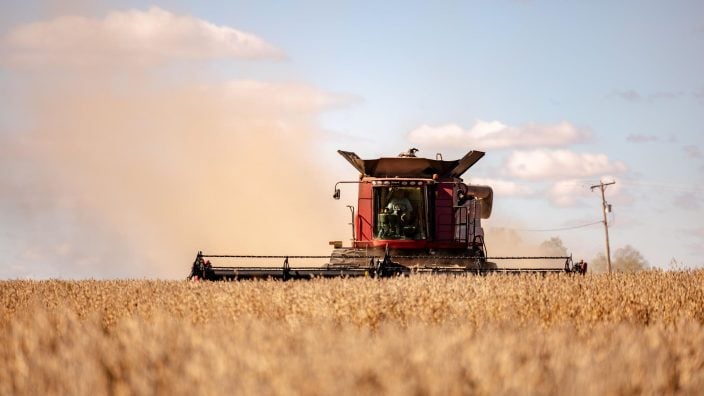
Meet Marion County Farm Bureau member Clayton Lust, a third-generation grain farmer and Beck’s Hybrids dealer, and Kelsey Bezdek, a first-generation livestock farmer and Lake County Farm Bureau member.
Read More